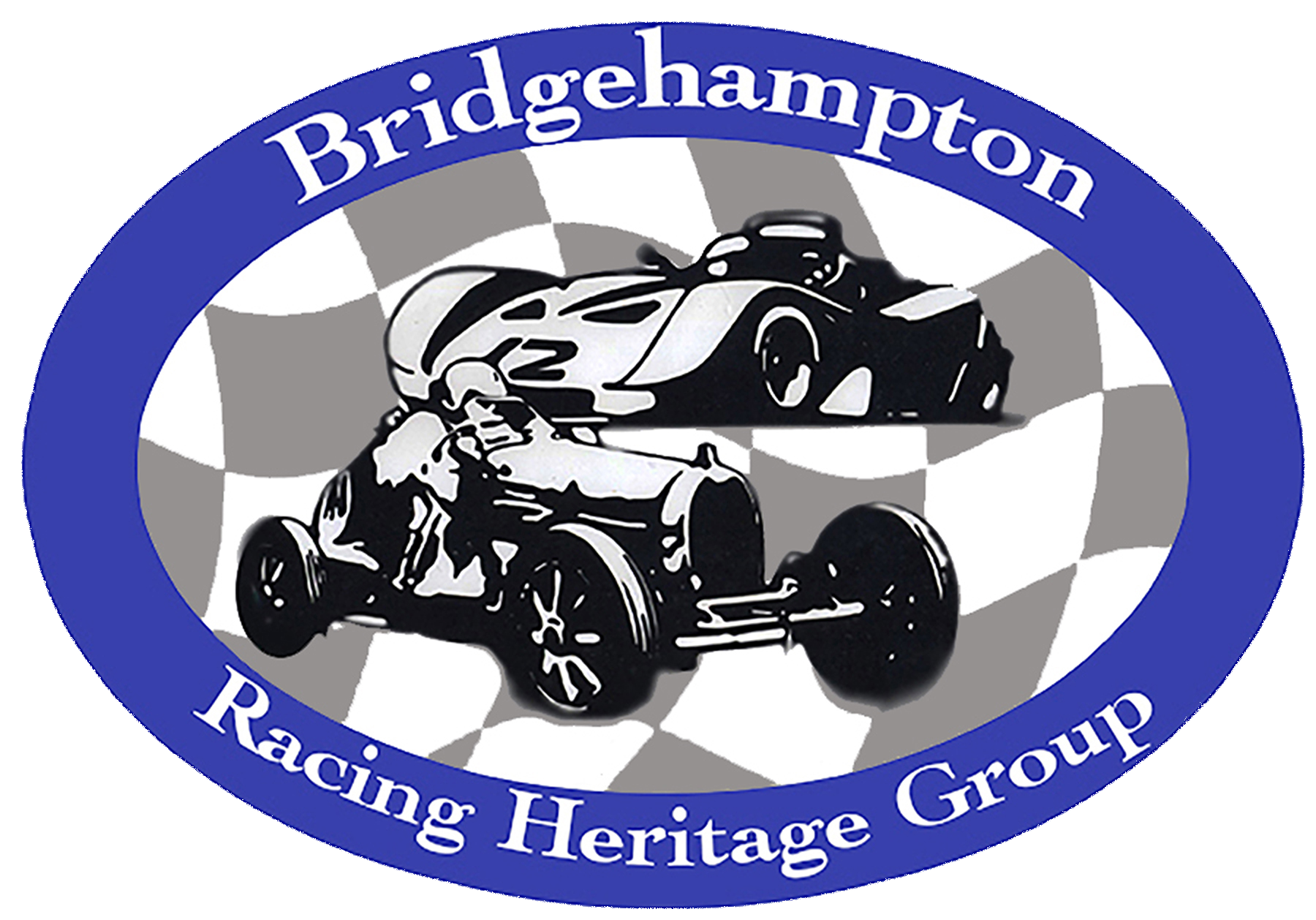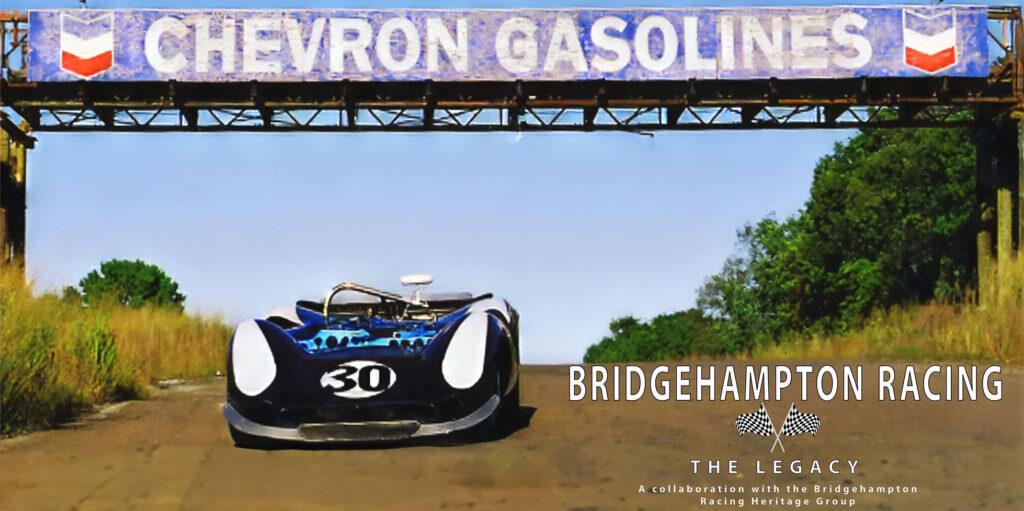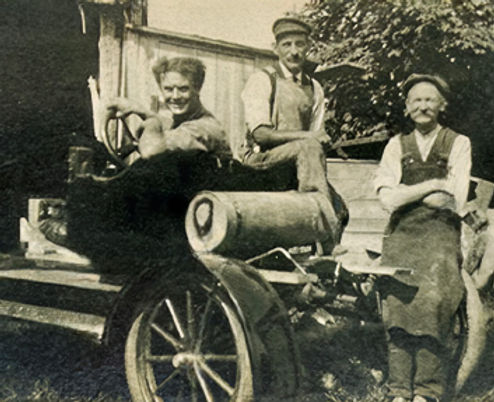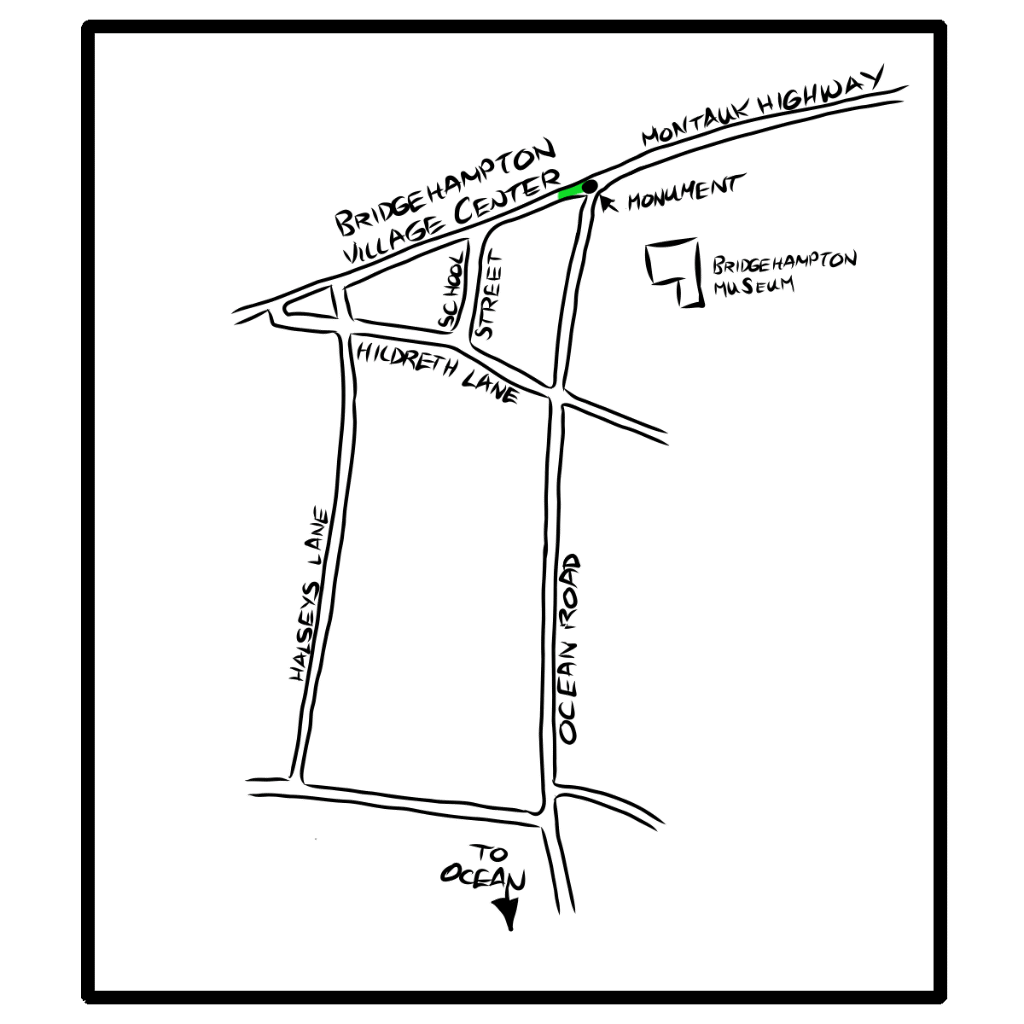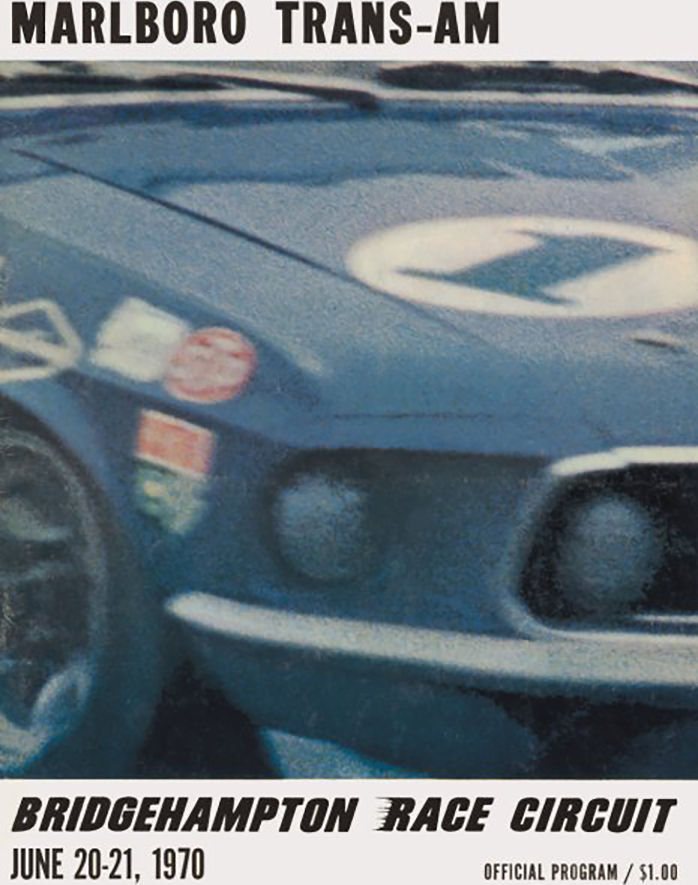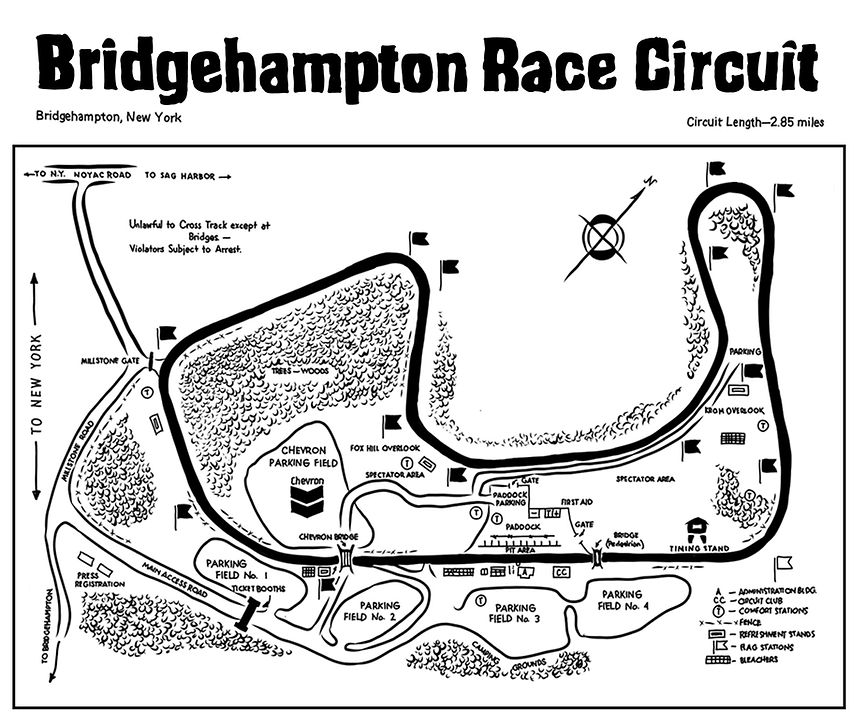
The Legacy
The Bridgehampton Racing Heritage Group (BRHG) is honored to have the opportunity to help honor the history and tell the many stories of these races, racers, and countless people that were involved by joining the Bridgehampton Museum in celebrating this rich legacy.
Bridgehampton Racing: The Legacy is an ongoing revolving (and evolving) exhibition covering the years 1915-1997 and is undertaken in collaboration with the Bridgehampton Museum, the Bridgehampton Racing Heritage Group (BRHG), and their members, families, and friends. Together we aim to capture and distill the energy and exhilaration of racing while preserving its rich tradition and impact on Bridgehampton’s heritage and cultural landscape.
